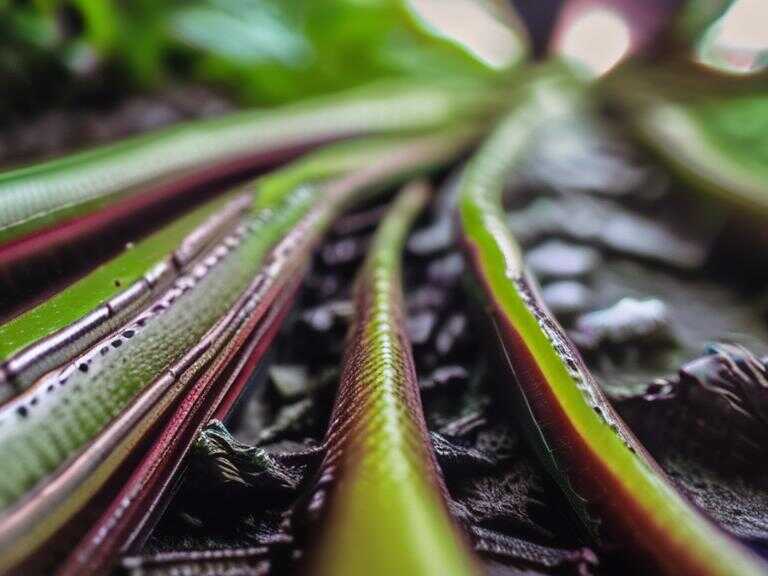
Trinity Students Explore Diverse Desert Ecosystems on Southwest Field Trip
Six environmental science majors took an 11-day trip to explore desert ecosystems in the American Southwest, visiting national monuments and parks in four states.

The importance of exposing students to diverse environments is paramount in fostering a deep understanding of Earth's complexities. Environmental Science programs often incorporate field trips to unique ecosystems, allowing students to apply classroom knowledge in real-world settings. One such program at Trinity University took six environmental science majors on an immersive 11-day journey through the American Southwest, exploring the diverse landscapes and ecological wonders of "Four Corners" states – New Mexico, Arizona, Utah, and Colorado.
The trip, led by Professor Christoph Geiss from the Physics and Environmental Science department and Principal Lecturer Jonathan R. Gourley from the Environmental Science Program, was part of the Trinity course ENVS 350, “Field Study in Environmental Science.” Throughout the spring semester, students actively participated in weekly meetings to meticulously plan their expedition. Their dedication culminated in the development of a comprehensive trip field guide, where they delved into various aspects of the Southwest, ranging from its geology and history to the fascinating diversity of cactus species.
Embracing the Challenges and Rewards of Exploration
During the trip, students carried field notebooks to meticulously document their observations and experiences. Professor Gourley emphasized the transformative nature of such excursions, stating that they often serve as eye-opening experiences for students, igniting a passion for travel and exploration of new locations. He added, "We aim to expose students to different environments—each with their own unique flora and fauna—which allows them to better understand how the earth works."
The itinerary encompassed visits to several remarkable sites, including El Malpais National Monument, Chaco Cultural National Historic Park, and Bandelier National Monument in New Mexico; Sunset Crater Volcano National Monument and Grand Canyon National Park in Arizona; Natural Bridges Natural Monument in Utah; and Mesa Verde National Park in Colorado. This year's itinerary presented a new dimension to the field study excursion, which has previously taken students to other locations in the American Southwest and even to Iceland.
A Tapestry of Diverse Ecosystems
Each location offered a unique glimpse into the diversity of environmental science principles at play. From the volcanic landscapes of Sunset Crater Volcano National Monument to the vast expanse of the Grand Canyon, students witnessed firsthand the power of geological forces shaping the Earth's surface. The journey through these unique environments allowed them to connect theoretical concepts with tangible realities, enriching their understanding of ecological interactions and the interconnectedness of life on Earth.
The field trip provided an invaluable opportunity for student learning beyond the confines of the classroom. It fostered critical thinking, observation skills, and a deeper appreciation for the complexities of our planet. The immersive experience undoubtedly left a lasting impact on the students, inspiring them to pursue further exploration and research in the field of environmental science.
Share news















